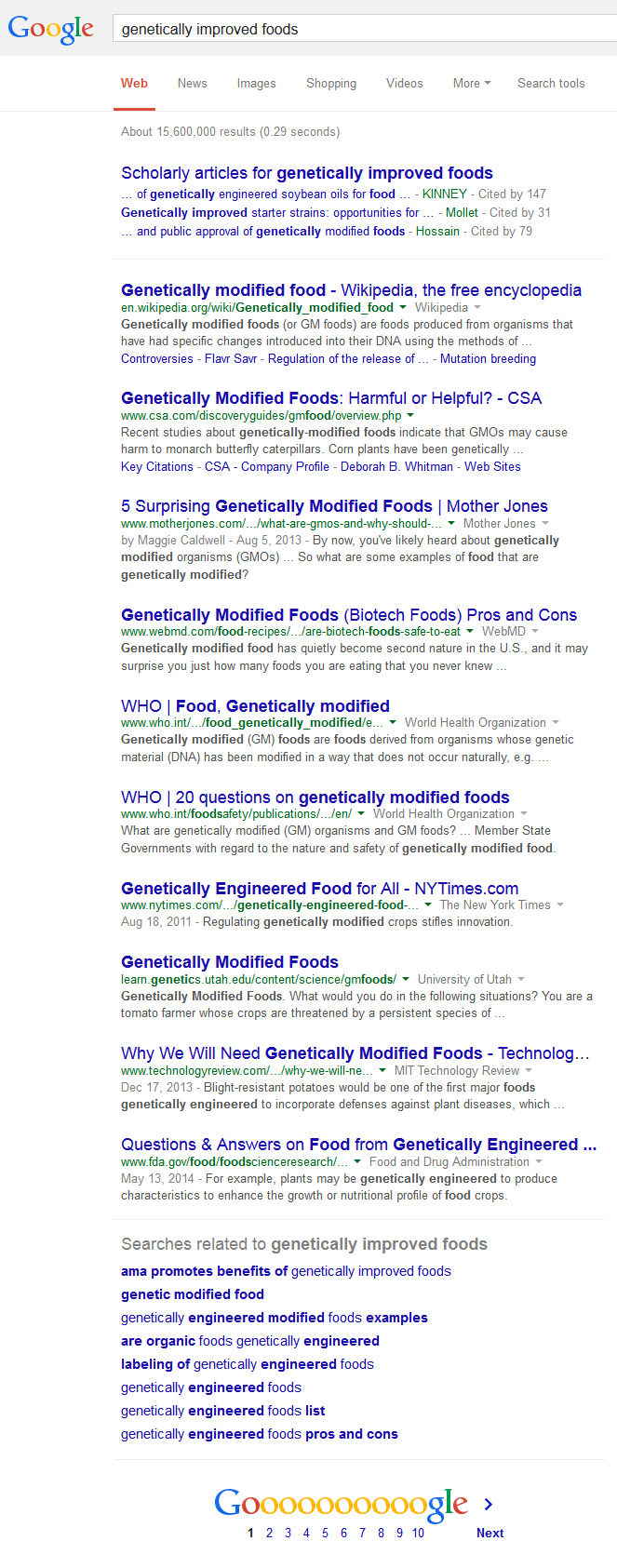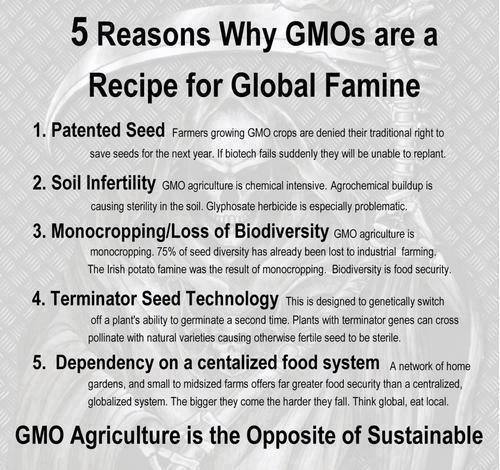The word of the day is…euphemism: a word or expression used to avoid sounding harsh, rude or blunt – “toupee” for “wig,” “passed away” for “died,” “silver fillings” for “mercury amalgam fillings.” That kind of thing.
And sometimes, it’s about politeness, attempting to spare hurt or embarrassment. Other times, it’s about whitewashing or manipulating opinion.
That latter sense came to mind when we recently came across a euphemism none of us here in the office had ever seen or heard before. We’ll quote you a passage from the article – a snarky piece of spin from the Center for Consumer Freedom, a front group for the fast food, meat, alcohol and tobacco industries. See if your jaw drops, too.
Last week, the unscientific coalition that opposes safe genetically improved foods (GIFs) seemed to gain a much needed reputable ally in the Oprah-endorsed “America’s Doctor,” Dr. Mehmet Oz.
You kind of have to say it again, out loud, to believe it: Genetically. Improved. Foods.
We don’t know if folks over at the CCF coined that term. We do know that it’s been around since at least 2001, when it was used to describe an AMA seminar on genetically engineered foods funded by the Council for Biotechnology, another industry group. We also know that in the decade-plus since then, outside of industry, the term hasn’t really caught on much.
In fact, do a Google search for the phrase, and your page one results will look something like this:

Of course, while “genetically improved” may sound nicer, there’s plenty of reason to question its accuracy. There are good reasons to be concerned about the technology’s impact on both human and environmental health. We’ve talked about them before.
The phrase is about selling a skeptical public on their products – and just one cog in the Great GMO Spin Machine.
Then there are the thinly veiled advertisements posing as semi-disinterested information and opinion, such as the regular column Monsanto’s Executive Vice President and Chief Technology Officer now seems to have over at HuffPo. In one recent column, he implies that he speaks a voice of “science” and “reason” – in contrast to the “emotion”-driven views of GMO critics. Then he trots out the usual statistics to show us why we “need” GMOs:
By 2050, the world will need to produce somewhere between 70 percent to 100 percent more food to meet demand, according to the United Nations Food and Agriculture Organization (FAO) and other authorities. Moreover, we will need to do this sustainably, so we can feed humanity again in 2051, and all the years thereafter. That means we have to figure out how to do it in ways that allow farmers to most efficiently use our planet’s precious and finite resources.
Considering that GMOs depend on ever increasing amounts of pesticides and an ongoing reliance on monoculture that reduces diversity and depletes the soil, it’s hard to see how such “food production” could ever be considered “sustainable.” In fact, as some have argued, it’s actually a “recipe for global famine.”

There’s another problem with this argument that invokes the threat of global food shortages: It assumes that the only answer is to grow more food.
Yet as the economist and Nobel laureate Amartya Sen convincingly argued decades ago, famines aren’t always caused by lack of food. They’re also caused by inequalities in the distribution of food – social, political and economic factors that make food hard to come by.
In fact, an incredible amount of food goes to waste every year, even as countless people go hungry around the globe. The UN has estimated that more than 1 billion tons of food is wasted annually, while others have put the figure well over 2 billion tons or as much as half of all food produced. Here in the US, we throw out 40%, which wastes plenty of other resources, as well:
Getting food from the farm to our fork eats up 10 percent of the total U.S. energy budget, uses 50 percent of U.S. land, and swallows 80 percent of all freshwater consumed in the United States. Yet, 40 percent of food in the United States today goes uneaten. This not only means that Americans are throwing out the equivalent of $165 billion each year, but also that the uneaten food ends up rotting in landfills as the single largest component of U.S. municipal solid waste where it accounts for a large portion of U.S. methane emissions. Reducing food losses by just 15 percent would be enough food to feed more than 25 million Americans every year at a time when one in six Americans lack a secure supply of food to their tables.
This isn’t to say that technology can’t help us. Of course it can. And there’s some very smart technology out there (as well as some that might make you raise an eyebrow). One especially interesting possibility we recently heard about comes out of Georgia State University, where researchers have discovered how how certain bacteria can actually help keep produce fresher for longer.
The process they use to treat the plants is totally natural, without genetic modification and it doesn’t even have to touch the produce to work.
Their discovery has been shown to double the shelf life of certain fruits and vegetables, and it’s also proven to be effective at room temperature, meaning it can save on the cost of refrigeration.
This is a most welcome kind of solution, honoring both the health of individuals and our planet.